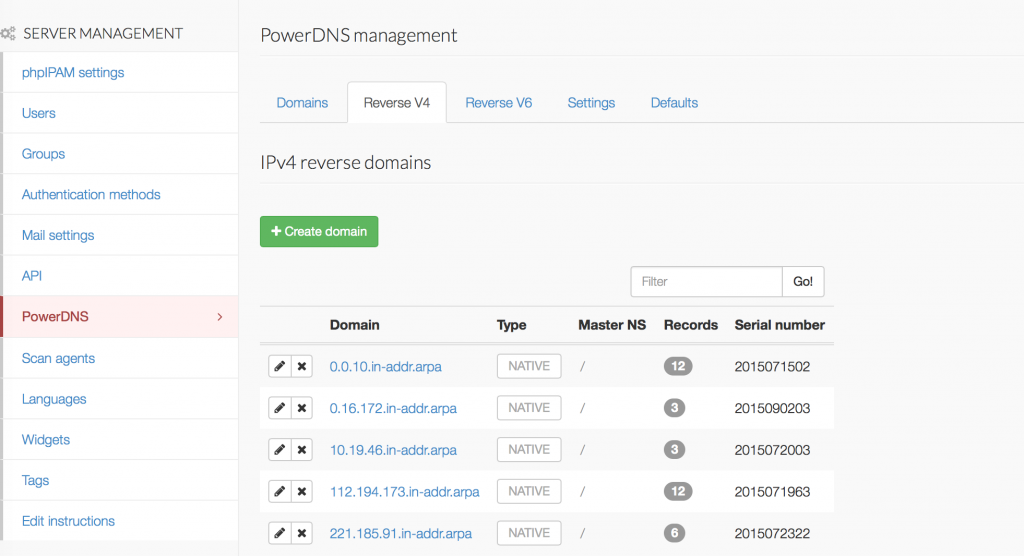Cheap Debt Helps Dell & EMC Virutalize VMware’s Value
![]() How VMware's own value got virtualized.
How VMware's own value got virtualized.
Network Break 57: Vendor Upheaval, Zombie Cookies Bite
Network Break 57 delves into Dell and EMC and looks at upheavals affecting Juniper, Cisco, and AT&T. We also run from a new Verizon zombie tracking cookie, and opine on the rest of the week's tech news.
The post Network Break 57: Vendor Upheaval, Zombie Cookies Bite appeared first on Packet Pushers.
Worth Reading: Hybrid Infrastructure

The post Worth Reading: Hybrid Infrastructure appeared first on 'net work.
Top 5 security threats from 3rd parties
This vendor-written tech primer has been edited by Network World to eliminate product promotion, but readers should note it will likely favor the submitter’s approach.
From Target to Ashley Madison, we’ve witnessed how interconnections with third-party vendors can turn an elastic environment -- where devices, services and apps are routinely engaging and disengaging -- into a precarious space filled with backdoors for a hacker to infiltrate an enterprise’s network. Here are the top five threats related to working with 3rd parties:
Threat #1 - Shared Credentials. This is one of the most dangerous authentication practices we encounter in large organizations. Imagine a unique service, not used very frequently, requiring some form of credential-based authentication. Over time, the users of this service changes, and for convenience considerations, a single credential is often used. The service is now accessed from multiple locations, different devices and for different purposes. It takes just one clumsy user to fall victim to one {fill in the credential harvesting technique of your choice}, to compromise this service and any following user of that service.
To read this article in full or to leave a comment, please click here
SDxCentral Live Stream Alert: SDN & OpenFlow World Congress
 The 2015 Layer 123 SDN & OpenFlow World Congress will be available live on Monday October 13th and Tuesday October 14th. Watch the live stream of the event for free on SDxCentral.
The 2015 Layer 123 SDN & OpenFlow World Congress will be available live on Monday October 13th and Tuesday October 14th. Watch the live stream of the event for free on SDxCentral.
ClearPath Gains Entry to HP’s Partner Program
 ClearPath leverages HP's virtual network functions (VNFs) together with its own vCPE technology to target service providers.
ClearPath leverages HP's virtual network functions (VNFs) together with its own vCPE technology to target service providers.
Rule 11 is your friend

It’s common enough in the networking industry — particularly right now — to bemoan the rate of change. In fact, when I worked in the Cisco Technical Assistance Center (TAC), we had a phrase that described how we felt about the amount of information and the rate of change: sipping through the firehose. This phrase has become ubiquitous in the networking world to describe the feeling we all feel of being left out, left behind, and just plain not able to keep up.
It’s not much better today, either. SDNs threaten to overturn the way we build control planes, white boxes threaten to upend the way we view vendor relationships, virtualization threatens to radically alter the way we think about the relationship between services and the network, and cloud computing promises just to make the entire swatch of network engineers redundant. It’s enough to make a reasonable engineer ask some rather hard questions, like whether it’s better to flip burgers or move into management (because the world always needs more managers). Some of this is healthy change, of course — we need to spend more time thinking about why we’re doing what we’re doing, and the competition of the cloud Continue reading
They Really Did It: Dell to Acquire EMC for $67B
 Cash, debt, and a tracking stock back what might be the biggest tech acquisition ever.
Cash, debt, and a tracking stock back what might be the biggest tech acquisition ever.
Industry Influencers: Application-aware Networking
Network Insight Blogger and industry guru, Matt Conran, featured Plexxi in his October 6 post Application-aware Networking-Plexxi Networks. He believes, “Mobility and dynamic bandwidth provisioning force us to rethink how we design networks.” We agree.
Conran defines application-aware networking as the idea that application visibility combined with network dynamism will create an environment where the network can react to the changing behavior of application mobility and bandwidth allocation requirements. With that in mind, he took a comprehensive look at what we’ve been doing to “reverse the traditional design process and let the application dictate what kind of network it wants.”
Conran states that, “Networks should be designed around conversions but when you design a network it is usually designed around reachability. A conversational view measures network resources in a different way, such as application SLA and end-to-end performance. The focus is not just uptime. We need a mechanism to describe applications in an abstract way and design the network around conversations. The Plexxi affinity model is about taking a high-level abstraction of what you want to do, let the controller influence the network and take care of the low-level details. Affinity is a policy language that dictates exactly how you want the network to Continue reading
7 Storage Experts You Must Follow
Storage experts abound on Twitter and writing blogs, both independent and vendor-affiliated. We've chosen some storage gurus who offer a wide range of perspective.phpipam 1.2 beta1 testers needed
Hi all,
first beta version of phpipam 1.2 is available for download on Github:
If you have time help us squash some bugs before final release, focus is on the following things:
- scan agents;
- PowerDNS integration;
- APIv2 (REST)
- subnets scanning (pear/ping/fping)
Report any issues to our GitHub page (https://github.com/phpipam/phpipam/).
